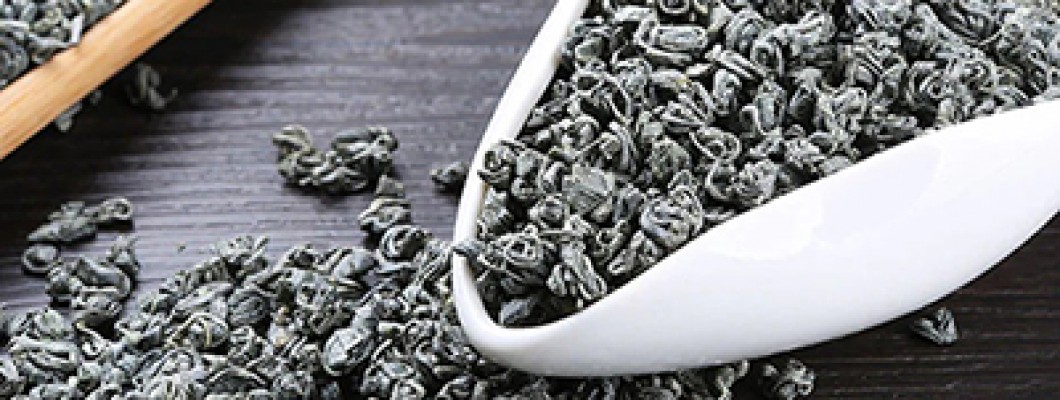Gunpowder Tea: The Hidden Link in East-West Tea History

Gunpowder Tea, named for its tightly rolled leaves resembling black gunpowder pellets, stands as one of China’s quintessential pearl teas. Its production techniques date back to the Tang Dynasty, but its introduction to the Western world became intertwined with the complex tea trade between China and Britain in the 19th century.
Historical Origins and Production Secrets
The unique form of Gunpowder Tea stems from its meticulous processing: fresh tea leaves undergo high-temperature fixation, are hand-rolled into tight pellets, and then dried and shaped. This method not only extends shelf life but also releases a rich chestnut aroma when brewed. During the Qing Dynasty, trade records from Guangzhou’s Thirteen Hongs reveal Gunpowder Tea, alongside Wuyi Rock Tea and Pu’er, as a major export. Its durability for long-haul shipping made it a staple on oceanic voyages, even influencing the decision to build the Suez Canal—merchants pushed for the project to expedite tea transport.
The Duality of Cultural Symbols
In the East, Gunpowder Tea serves as an unseen protagonist in Chaoshan Gongfu tea culture. Chaoshan tea masters often use it as a "starter" to "warm and awaken" teaware through rapid hot-water rinsing, aligning with the Gongfu tea ritual of "rinsing, covering, and skimming." In the West, however, the tea became shrouded in colonial-era mystique. Mistakenly linked to the Opium Wars, 19th-century British writers like Goodwin depicted it as a "mysterious liquid imbued with subterranean power," its bold flavor feeding Orientalist fantasies.
Modern Value Reconstruction
Today, Gunpowder Tea is reclaiming relevance through health science. Studies highlight its antioxidant properties, with 15% higher tea polyphenol content than regular green tea, positioning it as an anti-aging elixir. Meanwhile, miniature tea bag designs have repackaged this "Chinese gunpowder" for urban lifestyles, transforming it into "mindfulness ‘projectiles’" on office desks—a quiet rebellion against modern haste.
